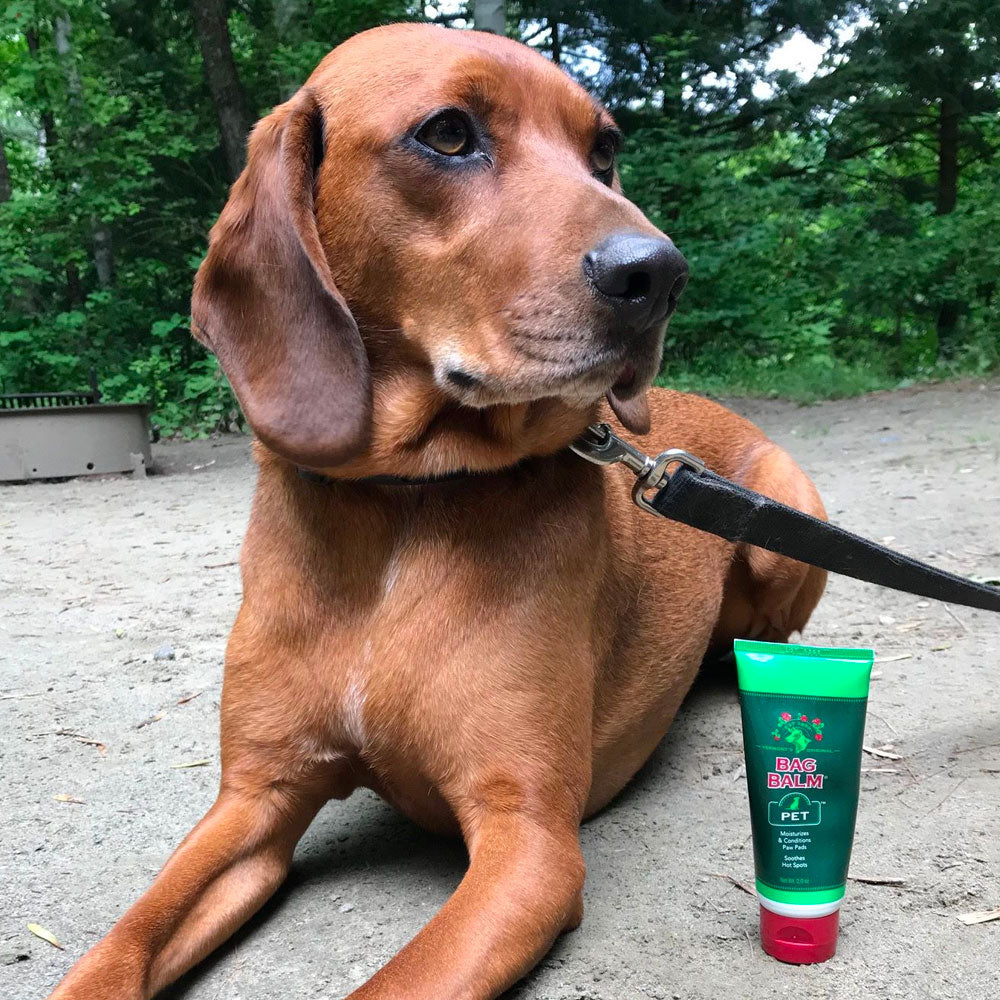On December 4, Vermonter Chris Ummer departed the US to attempt a solo summit of the tallest peak in the Americas: Argentina’s Mount Aconcagua.
Ummer sought to eclipse his former accomplishments – Everest Base Camp (Nepal, 17,200 feet), Pico de Orizaba (Mexico, 18,491 feet), and Kilimanjaro (Tanzania, 19,410 feet) – by reaching 22,841 feet.
These expeditions take place between Lyndon State College’s semesters, where Ummer serves as director of athletics. He supports students in achieving personal records and goals of their own, and proudly coaches the cross-country running team. In fact, joining the cross-country team on weekend runs is one of his training strategies for peaks like Aconcagua.
Ummer’s trip was sponsored in part by Vermont’s Original Bag Balm. Not only does Ummer live just up the road from the 118-year-old business, he uses their products extensively in his outdoor pursuits.
Ummer (and his Bag Balm supply) safely surpassed 18,000 feet, but the summit was unreachable due to dangerously high winds. Nevertheless, he had a remarkable journey.
Human Versus Wind
The primary challenge Mount Aconcagua presents is extreme wind.
Picture a 6-foot 3-inch human on the side of a treeless 22,841-foot mountain.
The human is moving at about 0.2 vertical miles per hour.
The wind is blowing at 45 miles per hour.
Despite this daunting prospect, Ummer had the distinct advantage of training for this expedition at New Hampshire’s Mount Washington, also famous for its strong wind. Even in windy conditions, Ummer’s pace is impressive. He can summit this US peak in under 90 minutes; whereas most hikers require more than four hours.
Nevertheless, Aconcagua poses a serious challenge for even the most experienced climber.
Ummer helps us understand the wind by describing his night at Camp 2, the final stop before the summit: “There is no way to get stakes into the rocky ground there. The best you can do to secure your tent is to place large rocks on the stake straps.”
When his intangible enemy physically moved a corner of his shelter – and the 60-pound rock that was holding it in place – about a foot, he begrudgingly but successfully ventured out to find a bigger rock.
Meantime, he made an emergency plan should the wind tear a hole in his tent – which would immediately turn his shelter into a parachute that could pull him off the mountain. Ummer ensured his backpack was ready to go should he need to make a quick exit.
He sat up as the wind pushed his tent concave on one side; then, after a 15 second reprieve, began pushing from the other direction. “At about midnight I decided if I hadn’t been blown away yet, I probably wouldn’t be. So I went to sleep.”

Solo, Not Alone
Numerous guided teams were attempting to summit at the same time as Ummer, but he was the only solo climber.
He came to know 7 climbers: a team of 4 Argentinians and a team of 3 Brazilians. Ummer, who speaks little Spanish, recalls, “Some didn’t speak any English but we connected – we laughed at the same things and found ways to communicate.” They traded strategies on staying warm through the night, and shared stories of other summits. They had some accomplishments in common, including Kilimanjaro and Everest Base Camp. “These are people I’ll always have a friendship with. You connect in a short time.”
After his windy night, he checked in with the other climbers to see if anyone else was going to attempt the summit. The dangers intensify when a solo climber is completely alone on the trail.
No one felt it safe enough to ascend.
“It’s right there; I know I can get this,” he remembers thinking, “but I can’t go because of something that’s out of my control. Very few people summit this peak without a guide and a team.”
Breathing Easy

Chris Ummer at the summit of Cerro Bonete, 16,486 feet; an acclimation hike in Argentina.
Rewind to Ummer’s ascent from the city of Mendoza to Base Camp, where he celebrated some smaller victories. He was pleased with his ability to keep a good pace and maintain healthy oxygen saturation rates.
Blood oxygen levels in humans are between 95 and 100 percent at sea level; and typically fall below 90 percent at 10,000 feet. Less than 90 percent is considered low, and below 80 percent can impact brain and heart function.
“I measured my oxygen saturation morning, noon, and night. It was 81 when I got to Base Camp (14,327 feet); by the time I went to Camp 1 at 16,667 feet it was 91 – really good for that elevation.”
He achieved that by effective acclimation, which included summiting a nearby 16,000-foot peak from Base Camp. This small feat also gave Ummer a lot of confidence to proceed.
Next, Ummer carried his gear up to Camp 1, and then to Camp 2. “I did it pretty quickly. I felt good about my pace. I climbed 2,000 feet carrying 35 pounds in 2.5 hours,” he reports.
What’s more, his oxygen saturation upon arrival at Camp 2 (18,339 feet) measured at an impressive 82.
Even though that’s as high as he went, these victories proved that he trained correctly.
Balm In The Bag
 “I took more Bag Balm with me than I needed,” Ummer chuckles, “I had a bunch of tubes. In each pocket, in my bag, and a couple tins. I use Bag Balm for a lot of things.”
“I took more Bag Balm with me than I needed,” Ummer chuckles, “I had a bunch of tubes. In each pocket, in my bag, and a couple tins. I use Bag Balm for a lot of things.”
Still breaking in a relatively new pair of boots, he was globbing Bag Balm between his sock and boot to reduce friction. “After a while it just absorbs. It works really well to break in shoes.”
“I used Bag Balm on my cheeks as a protective layer from the wind.” In Aconcagua’s dry and windy conditions, and with significant exertion, Ummer also reached for his Bag Balm throughout the day for his lips.
Two other items significantly increased Ummer’s comfort level: a real pillow, and a hoodie base layer. He places great import on a good night’s sleep and staying warm.
Ummer recommends climbers use Bag Balm’s 2-ounce stand-up tube, packaged for pets. He cites it as easy to use and easy to carry in a pack.
On The Horizon
Ummer has not thrown in the towel on Aconcagua. He is already thinking about next time – next year: “I want to go back to summit Aconcagua. I have to finish. Next time I would push higher and bring my tent to Camp 2 in advance, which would give me more flexibility to attempt the summit.”
With a return flight to catch, and spring semester fast approaching, Ummer only had a few days available to summit Aconcagua. Next time, he will try to go in January, when “the weather tends to be a bit better. No one summited the week I was there.”
Still, Ummer’s 2017 ascent of Aconcagua is one for his personal record book. Aconcagua 2017 represents a first in carrying all his gear as a solo climber, successfully acclimating to elevation, and enduring challenging weather conditions at high elevation alone.
Denali (Alaska, 20,310 feet) and peaks in Nepal are on his radar, too.
Meantime, he is putting together a trip to Kiliminjaro in July. He is accepting travellers to join him on an 18-day trip that includes a hike to the summit and a 2-3 day safari.






